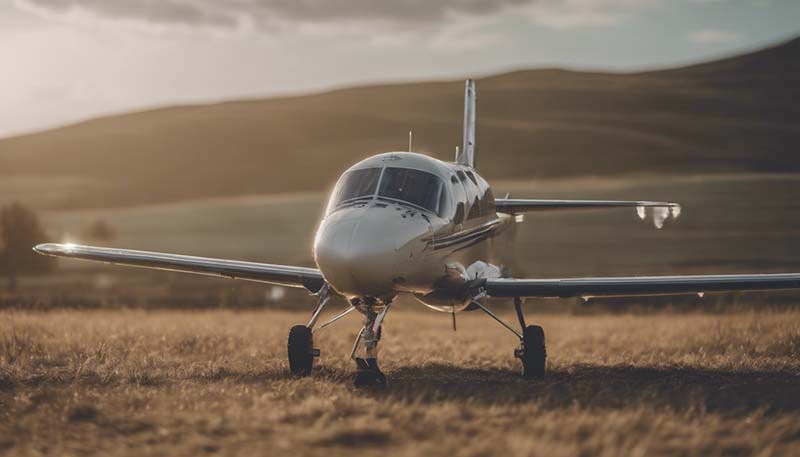Aviation has long been a vital component in the development and sustenance of remote and rural communities across the globe. These areas, often characterized by their isolation from major urban centers, have relied on air transport to bridge the gap between their unique needs and the resources available in more densely populated regions. This article explores the various ways in which aviation supports these communities, from providing essential services to fostering economic growth and cultural preservation.
Essential Services: Healthcare and Emergency Response
Remote and rural communities often face significant challenges in accessing essential services, particularly healthcare. The distance between these communities and major medical facilities can be vast, making it difficult for residents to receive timely and adequate care. Aviation plays a crucial role in bridging this gap by providing air ambulance services, medical supply transportation, and facilitating the movement of medical professionals.
Advertisement
Air ambulances are often the only viable means of transportation for critically ill or injured patients in remote areas. These flights can transport patients to specialized medical facilities in a matter of hours, potentially saving lives that would otherwise be lost due to the long travel times associated with ground transportation. Additionally, air ambulances can transport medical professionals to remote areas in need of their expertise, ensuring that residents have access to high-quality care.
Education and Workforce Development
Education is a critical factor in the development and growth of any community, but it can be particularly challenging to access in remote and rural areas. Aviation plays a key role in connecting these communities to educational resources and opportunities. Air transport allows students from remote areas to travel to schools and universities in more populated regions, ensuring that they have access to quality education and the opportunity to pursue their dreams.
Furthermore, aviation facilitates the movement of skilled professionals and educators to remote areas, helping to address shortages in specialized fields such as healthcare, education, and engineering. This exchange of knowledge and expertise is essential for the long-term growth and development of these communities.
Economic Growth and Development
The economic well-being of remote and rural communities is closely tied to their ability to access resources, markets, and opportunities. Aviation plays a critical role in supporting these communities by providing reliable and efficient transportation for goods, services, and people.
For many remote communities, air transport is the only feasible means of accessing larger markets for their goods and resources. This is particularly true for communities that rely on the export of perishable products, such as fresh seafood or produce, which require rapid transportation to maintain their quality and value. By connecting these communities to broader markets, aviation helps to stimulate economic growth and create jobs.
Additionally, aviation supports the growth of the tourism industry in remote and rural areas by making it easier for visitors to access these destinations. Tourism can be a significant source of revenue for these communities, providing funding for infrastructure, education, and other essential services. Furthermore, the influx of tourists helps to raise awareness about the unique culture and heritage of these areas, fostering a sense of pride and identity among residents.

Cultural Preservation and Exchange
Remote and rural communities often possess unique cultural heritages that are an important part of their identity and way of life. Aviation plays a crucial role in preserving and promoting these cultures by facilitating cultural exchange and providing access to resources that support their continued practice.
Air transport allows for the movement of cultural artifacts, performers, and experts between remote communities and larger urban centers. This exchange of cultural knowledge helps to maintain the vibrancy and diversity of these communities and ensures that their unique traditions are not lost to time. Additionally, aviation enables cultural events and festivals to attract visitors from around the world, promoting understanding and appreciation of these distinct cultures.
Conclusion
In conclusion, aviation plays a vital role in supporting the growth, development, and sustainability of remote and rural communities. By providing essential services, connecting these communities to educational and economic opportunities, and fostering cultural preservation and exchange, aviation helps to bridge the gap between isolated regions and the broader world. As technology continues to advance and air travel becomes more accessible, the importance of aviation in supporting these communities will only continue to grow, ensuring their continued prosperity and well-being.